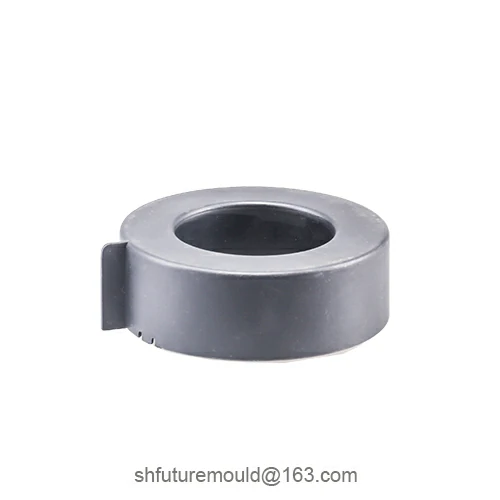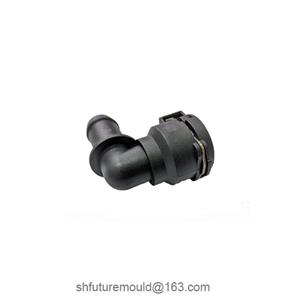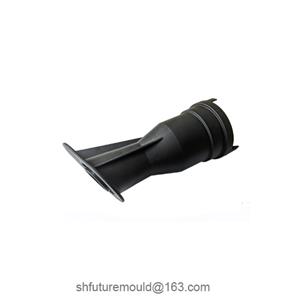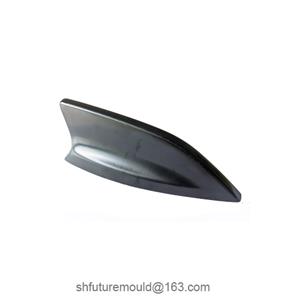Why is Nylon Modified in Injection Molding?
In injection molding, nylon is modified primarily to enhance its processing performance and final product properties, ensuring suitability for diverse application requirements.
1. Improving Flowability and Processing Stability
Insufficient Flowability
Issue: Nylon’s high melting point and significant melt viscosity can lead to poor flowability, causing defects like incomplete filling, flash, or short shots during injection.
Modification Benefits: Reducing melt viscosity and improving flowability ensure more uniform material flow in the mold, boosting production efficiency and yield.
Processing Stability
Modification Benefits: Modified nylon offers better thermal stability and rheological behavior, widening the processing window (temperature, pressure, etc.) and minimizing defects caused by temperature fluctuations or variable conditions.
2. Reducing Hygroscopicity
High Moisture Absorption
Issue: Nylon’s strong hygroscopicity lowers melt temperature, degrades material properties, and induces defects like bubbles or sink marks.
Modification Purpose: Chemical modification or additives (e.g., desiccants or cross-linking agents) reduce moisture absorption, enhancing stability during processing and minimizing water-induced performance issues.
3. Enhancing Mechanical Properties
Strength and Toughness
Modification Benefits: Additives or fillers (e.g., glass/carbon fibers) improve tensile strength, rigidity, and impact resistance, making products more durable in harsh environments.
Wear and Fatigue Resistance
Modification Benefits: Certain modifiers and fillers enhance abrasion and fatigue resistance, ideal for high-wear components.
4. Improving Chemical and Thermal Resistance
Chemical Resistance
Issue: Virgin nylon is vulnerable to chemical corrosion (e.g., acids, alkalis).
Modification Benefits: Enhanced chemical resistance extends product lifespan in aggressive environments.
Thermal Stability
Modification Benefits: Modified nylon resists deformation and degradation at high temperatures, suitable for heat-resistant components.
5. Controlling Shrinkage and Dimensional Stability
High Shrinkage Rate
Issue: Nylon’s significant shrinkage during cooling causes dimensional instability,
- Injection Mold
- Automotive Injection Mold
- Electronics & Electrical Injection Mold
- Consumer Goods Injection Mold
- Airplane Components Injection Mold
- Medical Components Injection Mold
- Irrigation Components Injection Mold
- Injection Molds




